往期知识点整理
介绍
在很多应用中,向上滑动"我的"页面,页面顶部会有如下变化效果:一部分信息逐渐隐藏,另一部分信息逐渐显示,同时一些组件会进行缩放或者位置移动。向下滑动时则相反。
效果图预览
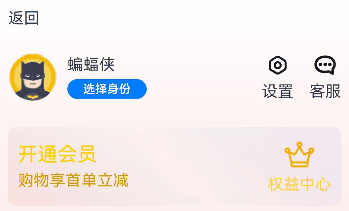
使用说明
- 向上滑动页面,出现如下变化:用户名/选择身份/设置图标/客服图标逐渐隐藏,用户头像尺寸逐渐缩小并向右上平移,顶部"返回"文本后方用户名逐渐显示。
- 滑动到顶部后,向下滑动页面,出现如下变化:用户头像尺寸逐渐变大并向左下平移,顶部"返回"文本后方的用户名逐渐隐藏,原来的用户名/选择身份/设置图标/客服图标逐渐显示。
实现思路
本例涉及的关键特性和实现方案如下:
- 将屏幕从上向下分为三部分,第一部分Row组件包含"返回"和初始状态下隐藏的用户名,第二部分Row包含用户头像/用户名/选择身份/设置/客服,下方其余部分位第三部分。本例场景的变化体现在第一和第二部分。
Column() {
Row() {...}
.padding($r('app.integer.slidetohideanddisplace_padding_small'))
.width($r('app.string.slidetohideanddisplace_size_full'))
.alignItems(VerticalAlign.Center)
Row() {...}
.height($r('app.integer.slidetohideanddisplace_height_one_hundred'))
.width($r('app.string.slidetohideanddisplace_size_full'))
Scroll() {...}
}
- 在第一和第二部分中,使用 @State装饰器 装饰相关的组件属性,使之与自定义组件的渲染绑定起来,状态变量改变时,UI会发生对应的渲染改变。用户头像的缩放通过改变其width和height属性值的大小来刷新,用户头像的位移通过改变其margin属性中的top和left的大小来刷新。其他一些组件的显隐变化通过改变其 opacity 属性值的大小来刷新。
@State userRowOpacity: number = 1;
@State userImageHeight: number = 50;
...
build() {
Column() {
Row() {
...
Text($r('app.string.slidetohideanddisplace_phone_number'))
.opacity(this.userNameOpacity) // userNameOpacity控制顶部用户名的透明度
Blank()
Text("设置")
.opacity(this.userNameOpacity) // 设置的文字透明度与顶部用户名相同
Text("客服")
.opacity(this.userNameOpacity) // 客服的文字透明度与顶部用户名相同
}
Row() {
Image($r('app.media.slidetohideanddisplace_batman'))
.width(this.userImageHeight)
.height(this.userImageHeight) // userImageHeight控制头像尺寸
// userImageMarginTop和userImageMarginLeft控制头像在父容器内的位置
.margin({ top: this.userImageMarginTop, left: this.userImageMarginLeft })
Column() {...}
.alignItems(HorizontalAlign.Start)
.opacity(this.userRowOpacity) // 控制Row组件的透明度
}
...
}
}
- 第三部分页面滚动通过 Scroll 组件实现,其中第二栏和第三栏相似,使用 @Builder装饰器 封装了两个自定义构建函数IconAndDescription和CustomRow,增加代码复用。
// 自定义构建函数,将重复使用的UI元素抽象成一个方法。此处样式为:上方图标下方文字
@Builder
IconAndDescription(icon: Resource, description: string | Resource, iconSize?: Size, radius?: number) {
Column() {
Image(icon)
.size(iconSize === undefined ? { height: $r('app.integer.slidetohideanddisplace_icon_default_height'),
width: $r('app.integer.slidetohideanddisplace_icon_default_height') } : iconSize)
.borderRadius(radius)
Text(description)
.margin({ top: $r('app.integer.slidetohideanddisplace_margin_between_icon_and_description') })
}
}
// 自定义构建函数。此处样式为:在Row组件中横向排列IconAndDescription
@Builder
CustomRow(iconsAndDescriptions: IconAndDescription[]) {
Row() {
ForEach(iconsAndDescriptions, (item: IconAndDescription) => {
this.IconAndDescription(item.icon, item.description)
})
}
.width($r('app.string.slidetohideanddisplace_size_full'))
.justifyContent(FlexAlign.SpaceAround)
.padding($r('app.integer.slidetohideanddisplace_padding_small'))
.margin({ top: $r('app.integer.slidetohideanddisplace_margin_small') })
.backgroundColor($r('app.color.slidetohideanddisplace_color_transparent_aa'))
.borderRadius($r('app.integer.slidetohideanddisplace_border_radius'))
}
高性能知识点
本例中Scroll组件绑定onScroll滚动事件回调,onScroll属于频繁回调,在回调中需要尽量减少耗时和冗余操作,例如减少不必要的日志打印。
工程结构&模块类型
slidetohideanddisplace // har包
|---model
| |---Util.ets // 提供测试数据类
|---SlideToHideAndDisplace.ets // 滑动变化效果实现页面
最后
总是有很多小伙伴反馈说:鸿蒙开发不知道学习哪些技术?不知道需要重点掌握哪些鸿蒙开发知识点? 为了解决大家这些学习烦恼。在这准备了一份很实用的鸿蒙全栈开发学习路线与学习文档给大家用来跟着学习。
针对一些列因素,整理了一套纯血版鸿蒙(HarmonyOS Next)全栈开发技术的学习路线,包含了鸿蒙开发必掌握的核心知识要点,内容有(OpenHarmony多媒体技术、Napi组件、OpenHarmony内核、OpenHarmony驱动开发、系统定制移植……等)技术知识点。

《鸿蒙 (Harmony OS)开发学习手册》(共计892页):https://gitcode.com/HarmonyOS_MN/733GH/overview
如何快速入门?
1.基本概念
2.构建第一个ArkTS应用
3.……
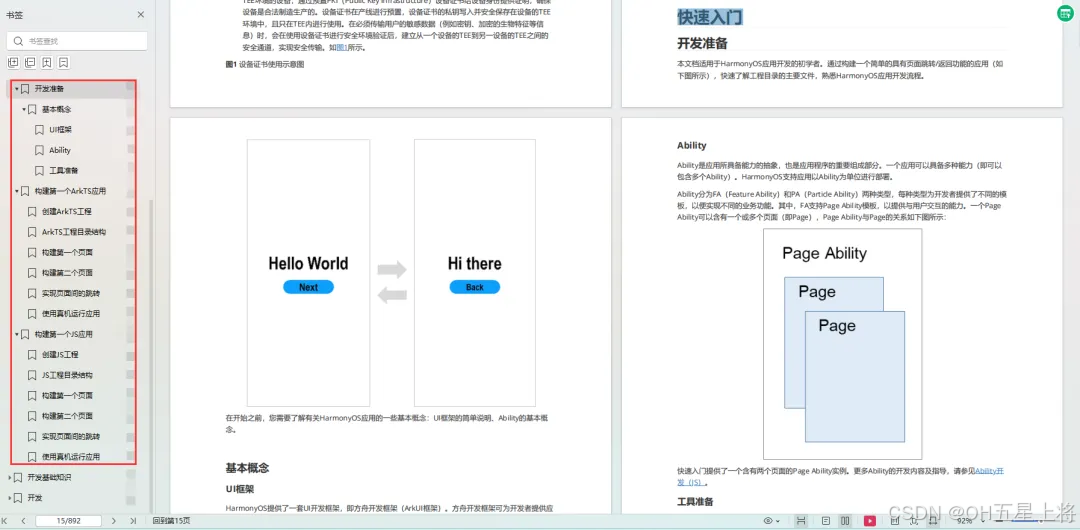
鸿蒙开发面试真题(含参考答案):
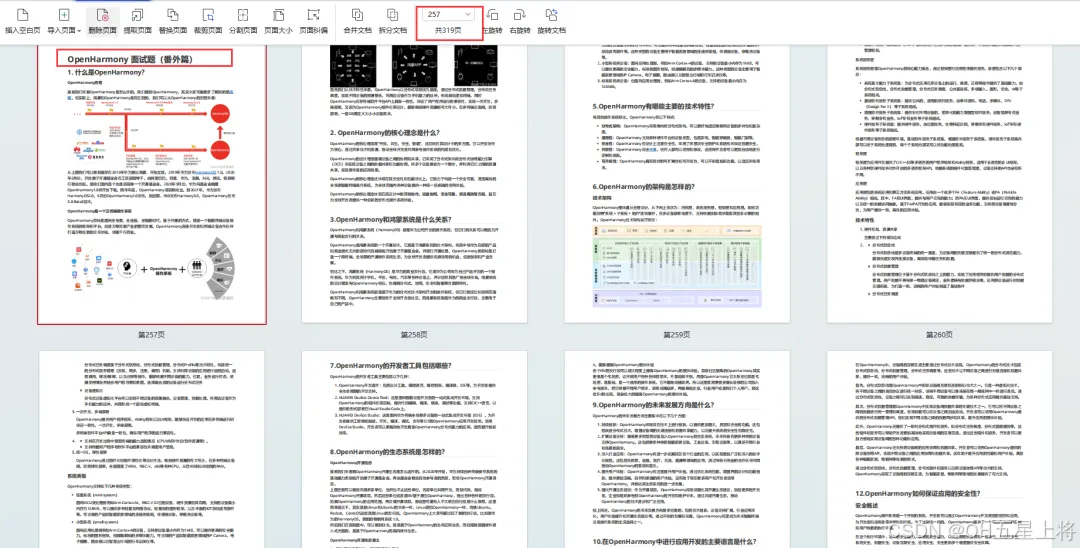
《OpenHarmony源码解析》:
- 搭建开发环境
- Windows 开发环境的搭建
- Ubuntu 开发环境搭建
- Linux 与 Windows 之间的文件共享
- ……
- 系统架构分析
- 构建子系统
- 启动流程
- 子系统
- 分布式任务调度子系统
- 分布式通信子系统
- 驱动子系统
- ……
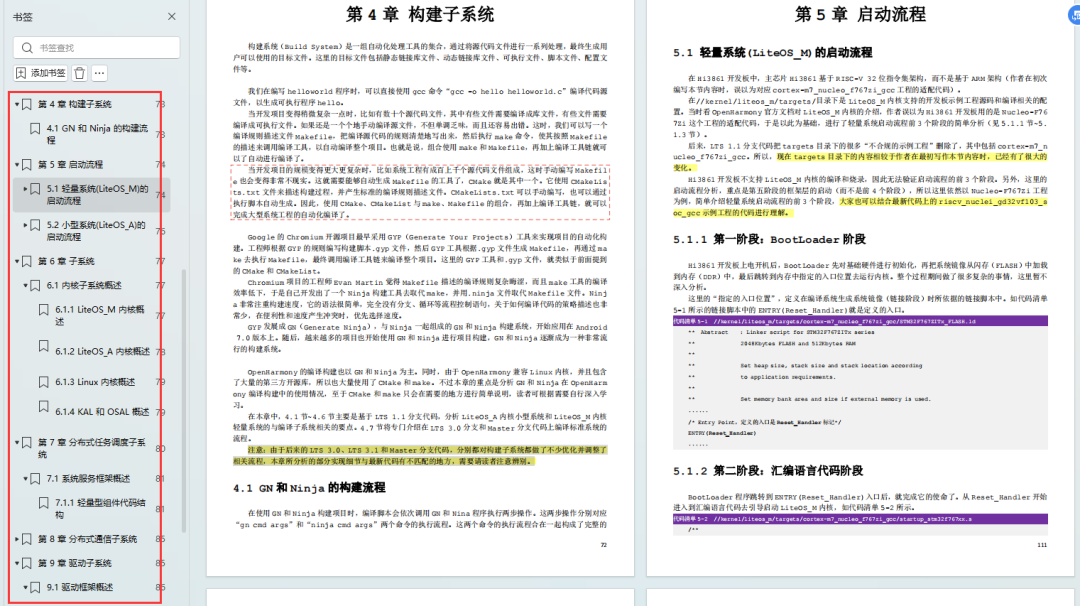
OpenHarmony 设备开发学习手册:https://gitcode.com/HarmonyOS_MN/733GH/overview
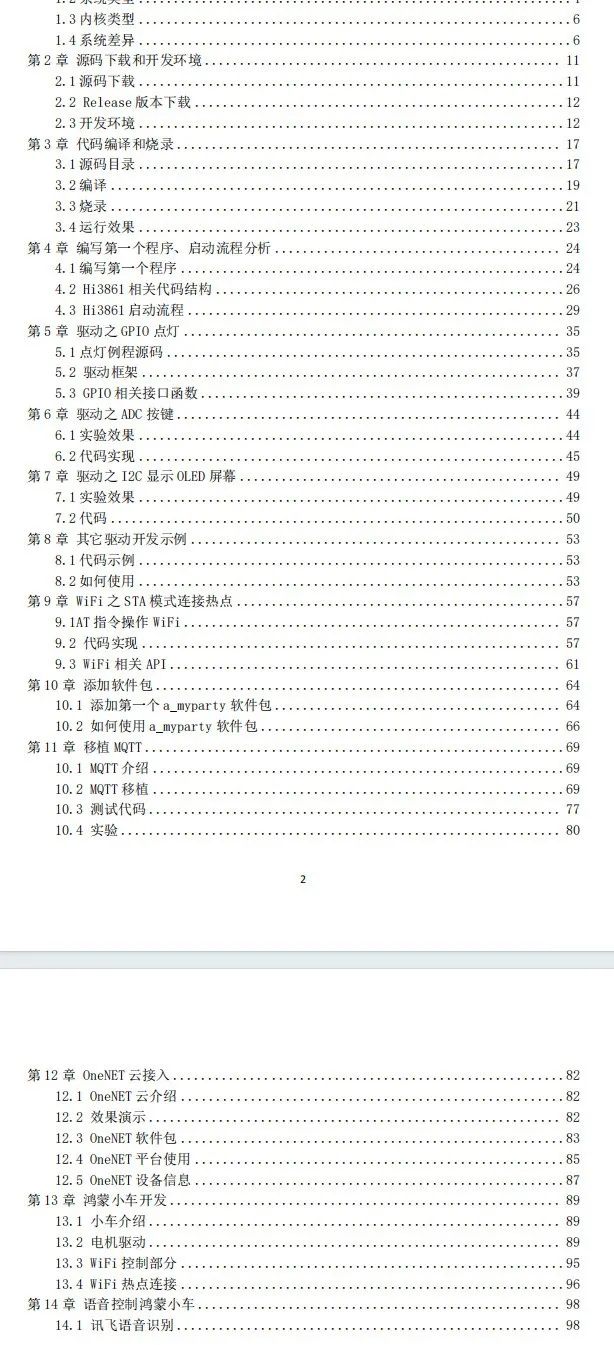

























 2020
2020

 被折叠的 条评论
为什么被折叠?
被折叠的 条评论
为什么被折叠?








